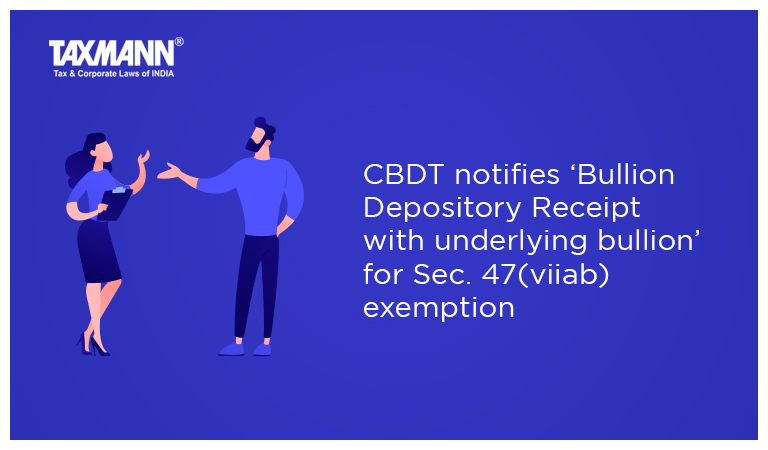No abuse of dominance by ‘Atos India’ as it wasn’t dominant in relevant market for unified communication: CCI
- Blog|News|Competition Law|
- 2 Min Read
- By Taxmann
- |
- Last Updated on 6 August, 2022

Case Details: Hexa Communications (P.) Ltd. v. Atos India (P.) Ltd. - [2022] 140 taxmann.com 586 (CCI)
Judiciary and Counsel Details
-
- Ashok Kumar Gupta, Chairperson, Ms Sangeeta Verma & Bhagwant Singh Bishnoi, Member
Facts of the Case
In the instant case, the Opposite Party (OP) was an original equipment manufacturer (OEM) that specialized in hi-tech transactional services, unified communications, cloud, big data and cyber security services.
The Informant had alleged that OP in concert with its authorized channel partners, had indulged in anti-competitive practices whereby it restricted supply of its spares and provisions of after sales services of its products in open market leaving OP/its authorized channel partners as only viable source for supply and/or provision of products or services.
CCI Held
The Competition Commission of India held that the manufacturer had no legal obligation to warrant genuineness of products/services offered outside its distribution channel and any insistence that same be bought from its authorized distributors/partners in itself could not prima facie be considered abusive/exclusionary.
It was observed that the OP had not restricted sale of genuine spare parts to independent service providers or prohibited its consumers from taking support and services from independent service providers.
The Commission held that since products of OP namely enterprise communications platforms consisting of core telephony switch, which included hardware, software, and peripherals and end device like digital and internet protocol telephone were offered by many players like Google, Cisco, Avaya, Microsoft, IBM and BSNL, etc., and there appeared to be sufficient competition in market qua such products and services, OP could not considered to be in a position of dominance in the relevant market for unified communications and collaborations (UC) solutions in India.
Thus, there existed no prima facie case of contravention of any of provisions of either section 3 and/or section 4 against OP and matter was to be closed forthwith under section 26(2)
Disclaimer: The content/information published on the website is only for general information of the user and shall not be construed as legal advice. While the Taxmann has exercised reasonable efforts to ensure the veracity of information/content published, Taxmann shall be under no liability in any manner whatsoever for incorrect information, if any.

Taxmann Publications has a dedicated in-house Research & Editorial Team. This team consists of a team of Chartered Accountants, Company Secretaries, and Lawyers. This team works under the guidance and supervision of editor-in-chief Mr Rakesh Bhargava.
The Research and Editorial Team is responsible for developing reliable and accurate content for the readers. The team follows the six-sigma approach to achieve the benchmark of zero error in its publications and research platforms. The team ensures that the following publication guidelines are thoroughly followed while developing the content:
- The statutory material is obtained only from the authorized and reliable sources
- All the latest developments in the judicial and legislative fields are covered
- Prepare the analytical write-ups on current, controversial, and important issues to help the readers to understand the concept and its implications
- Every content published by Taxmann is complete, accurate and lucid
- All evidence-based statements are supported with proper reference to Section, Circular No., Notification No. or citations
- The golden rules of grammar, style and consistency are thoroughly followed
- Font and size that’s easy to read and remain consistent across all imprint and digital publications are applied





